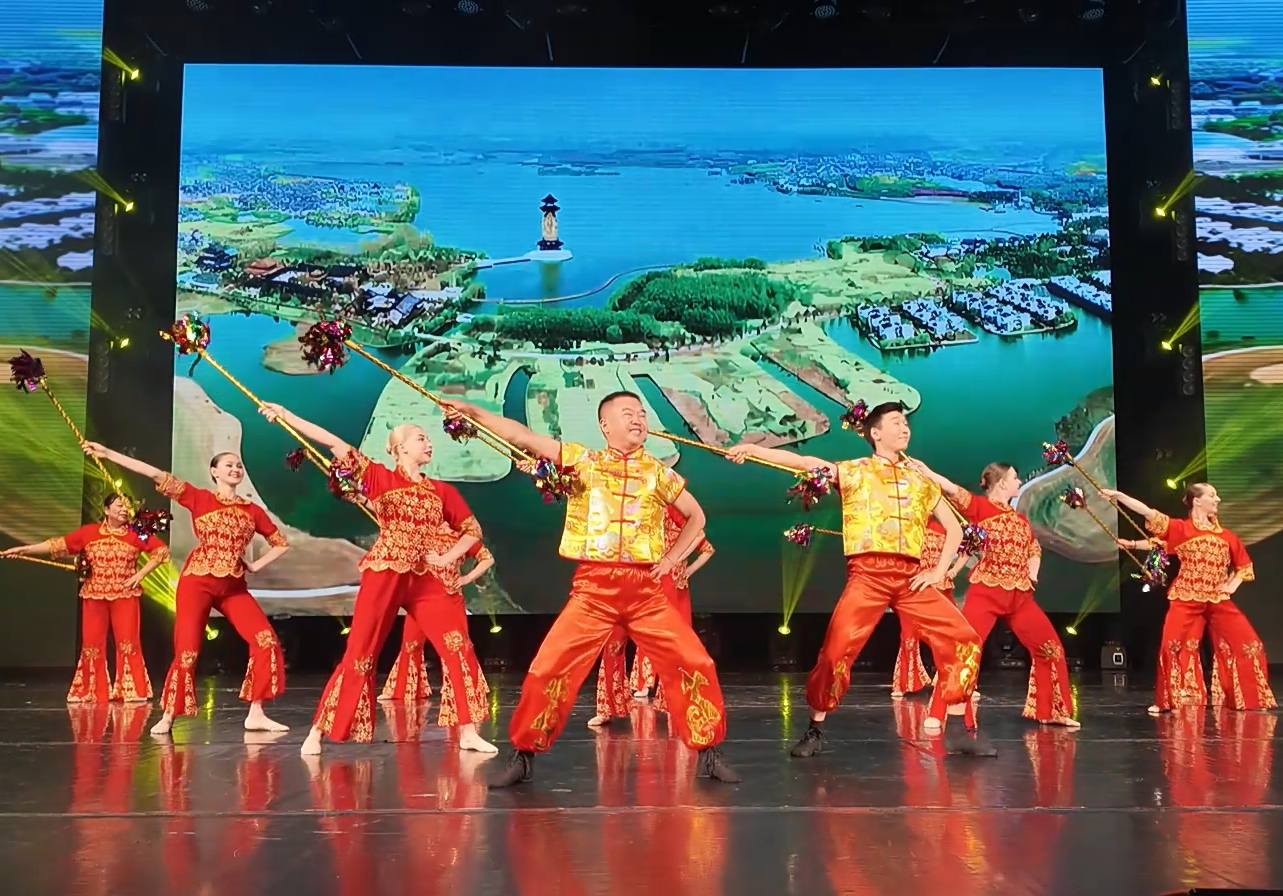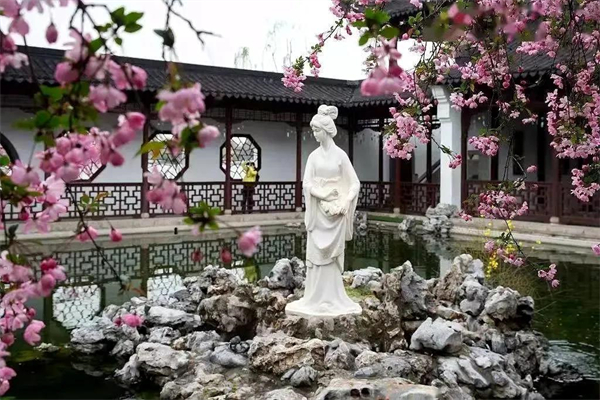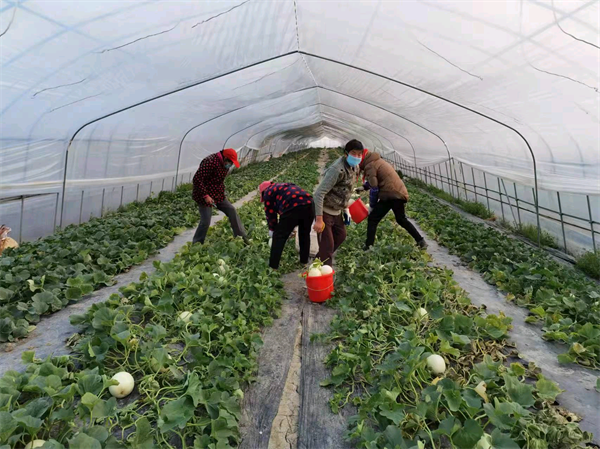Taizhou, a great city of culture, and over 2100 years of history.
In ancient times, it was called Haiyang or Hailing. In the early period of the Han Dynasty, Taizhou was established as a county; In the Eastern Jin Dynasty, it became a prefecture, and then in the Southern Tang Dynasty, it was a state, whose name means "the country is prosperous and the people live in peace".
According to the fifth census, the total current registered population of Taizhou is 4,785,759. The resident population is 4,742,737. The ratio between rural and urban population is 3:1.
The percentage of literacy per every 100,000 people with a higher education is 2.51%, 12.75% for those with a senior middle school education, 38.50% with a junior middle school education, and 36.79% with a primary school education.
There are 38 nationalities in Taizhou. 4,779,742 of the total population is Han, which accounts for 99.87% and the remaining 6,017 are minority nationalities, accounting for 0.13%.
Professional technological staff in enterprises above collective ownership level took 32.6% of the employees. There are 5 colleges and nearly 40,000 university and college students to date. The city has 105 various technological creative centers and 14 post-doctoral workstations.
Taizhou is located at the center of Jiangsu province to the north of the middle and lower reaches of the Yangtze River with Nantong to the south, Yangzhou to the west and Zhenjiang, Changzhou and Wuxi on the opposite side of the Yangtze River.
Taizhou administrates four cities: Jingjiang, Taixing, Jiangyan and Xinghua as well as the Hailing District and the Gaogang District. It covers 5,793 square meters with a population of 5,030,000.
Taizhou enjoys a long history of over 2,100 years and has a profound culture equal to its age. Taizhou is known as the land of abundant resources and the birth place of creative minds and gifted talents.
In spite of Jinjiang having a single hill, other areas are all alluvial plains forged by the Yangtze River and Huaihe River. The terrain is high in the middle and low in the two sides. The height of the southern areas along the Yangtze River is 2-5 meters, the height of the middle high sand areas is 5-7 meters, and the height of the northern river areas is 1.5-5 meters. The whole area of the city is 5,790 square meters, including 82.74% land and 17.26% water. The urban areas are 428 square meters.
In Taizhou, the annual average temperature is between 14.4℃and 15.1℃, while the highest temperature appears in July and the lowest temperature in January. There is no obvious temperature gap between the southern and northern parts of the city in summer or winter. The annual average precipitation is 1,037.7 millimeters. It rains about 113 days out of the year. However, when affected by monsoon winds: precipitation changes greatly throughout the year in this region.
Generally, Taizhou enters spring at the end of March or in early April; summer comes in early or middle of June; then autumn falls in the middle of September and winter begins in the middle of November. Every year, winter lasts over 4 months, spring 3 months and summer and autumn 2 months each.






